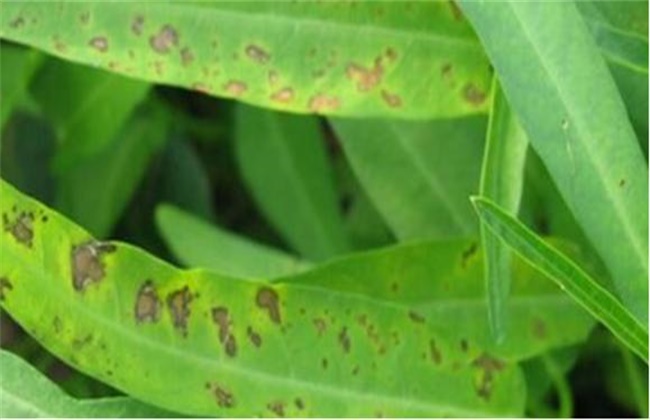Control methods of Botrytis cinerea in lettuce
Botrytis cinerea is the main disease of lettuce in protected field, which often reduces production by about 30% after occurrence, especially in winter crop lettuce, which can reduce production by more than 50% in spring. So how to prevent and cure lettuce gray mold? Let's take a look at it together with Xiaobian.

1. Symptoms
When the disease occurs in seedlings, the seedlings are water-soaked rotting, with gray mold layer on them. After planting, the disease starts from the leaves near the ground. The leaves are water-soaked at the beginning. Under high temperature and high humidity conditions, the disease will rapidly expand and become brown. The base of the diseased leaves will also become reddish brown. Finally, the stem base of the diseased plant will rot and die, causing the stem and leaf of the above-ground part to die.
2, the disease conditions
Gray mold is a fungal disease. The pathogen can be detected in the form of mycelium, sclerotia and conidia in the diseased body and soil. In the next year, it can be transmitted by farming operation and watering, and the disease can occur through wound and young tissue epidermis invasion. The disease can occur between 5-31 degrees, but it is most serious when the air humidity is above 90% and the temperature is between 20-25 degrees. Botrytis cinerea is closely related to the development of vegetables and the external environment. When the plants are poorly developed or in the alternate season of winter and spring, it is easy to develop and seriously occur under the condition of high temperature and high humidity due to excessive watering in the greenhouse.
3. Prevention and control measures
1. Agricultural control
Before sowing, the seedbed and seeds should be strictly disinfected. When planting, strong seedlings should be selected, sick seedlings should be eliminated, and the plant spacing should be maintained at 20×20 cm. Too thin is not conducive to yield, and too dense will cause excessive plant growth and thin stem, affecting yield and easy to disease. Rational crop rotation in production can not only ensure strong crop growth, but also improve disease resistance and reduce disease damage. In winter cultivation, attention should be paid to ventilation and moisture removal. After each watering, the greenhouse should be closed to raise temperature, and then ventilated to effectively reduce the relative humidity of the air in the shed. Fertilization should be based on organic fertilizer, reasonable increase in phosphorus and potassium fertilizer, to prevent partial application of nitrogen fertilizer, so as to avoid vegetables too tender.
2. Chemical control
In the disease can be sprayed methyl thiophane, carbendazim, chlorothalonil, every 7-10 days once, 2-3 times in a row, several agents alternate use better effect.
The above is the lettuce gray mold control method introduction, hope to help you, want to know more related knowledge, please pay attention to us.
Related
- Where is it suitable to grow horseradish in China? it is expected to see the middle altitude horseradish in Alishan.
- How to prevent tomato virus disease reasonably? (Control methods included)
- Many people like to plant towel gourd on the balcony. What are the main points of this method and management?
- What crops can chili peppers be mixed with?
- Fertilization techniques and matters needing attention in Tomato
- What are the grafting techniques for peach seedlings in spring?
- Harm and control methods of root swelling disease of Chinese cabbage
- What are the pests of sweet potatoes? How to prevent and cure it?
- Symptoms, causes and Control methods of navel Rot in Tomato
- The cause of "Cucumber rotten bibcock" in Farmers' planting Cucumber and its Control Plan



